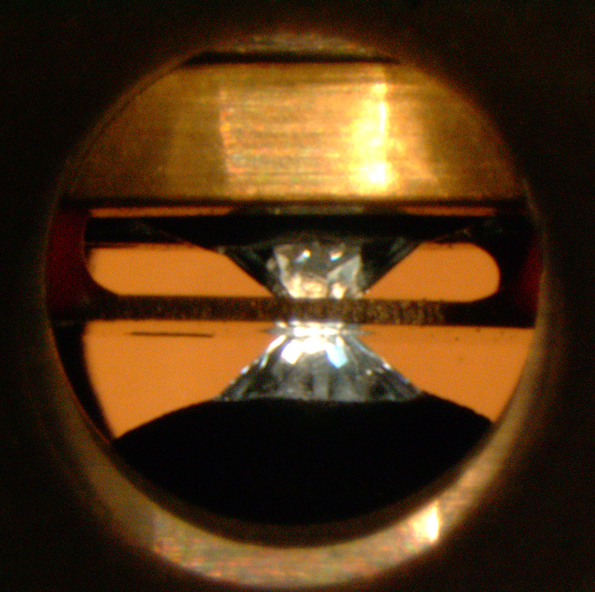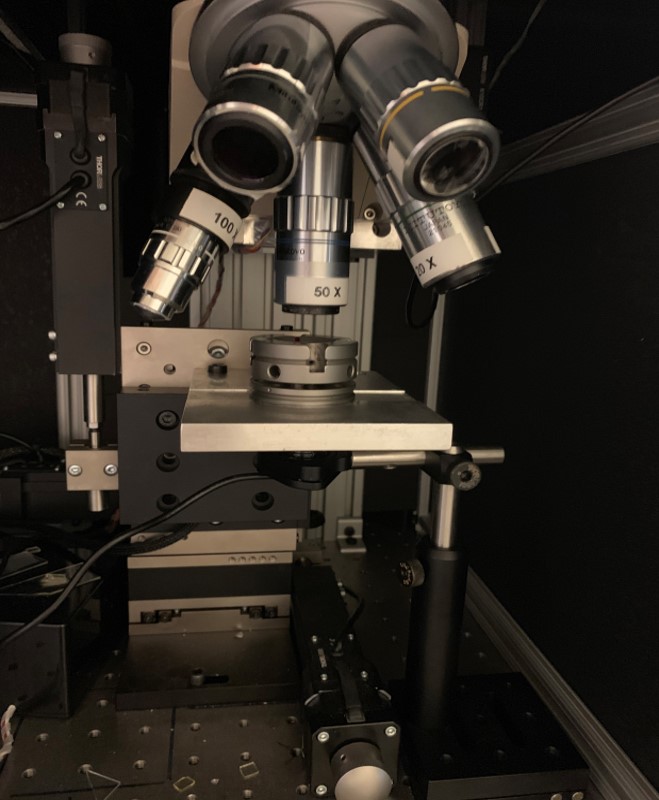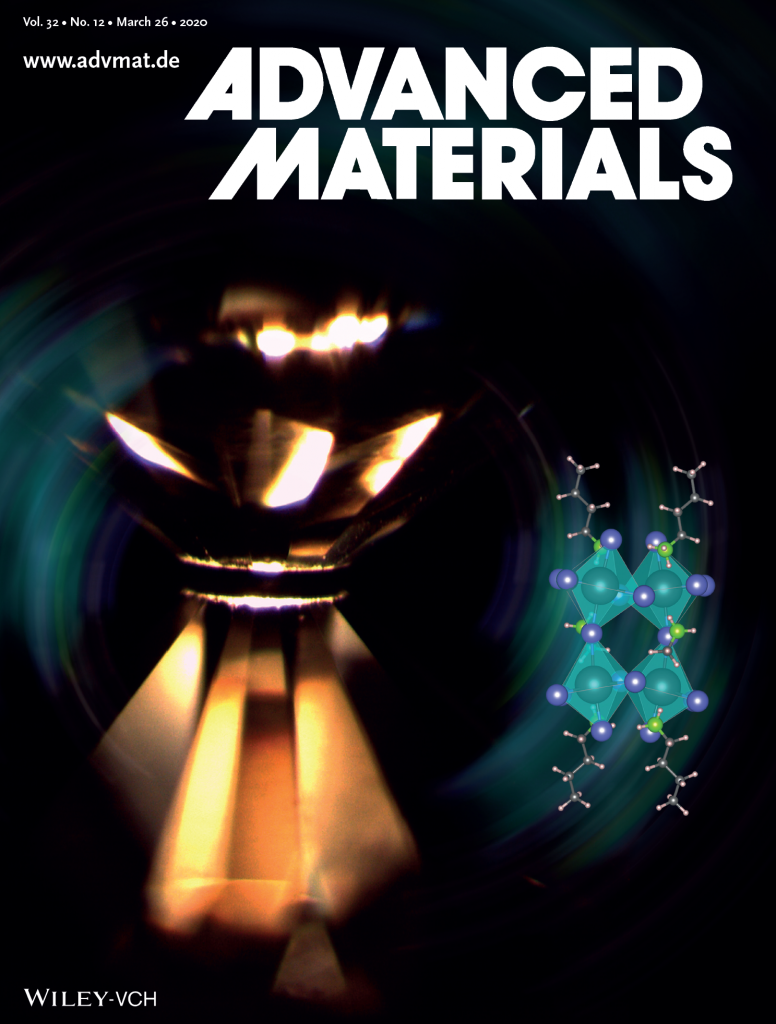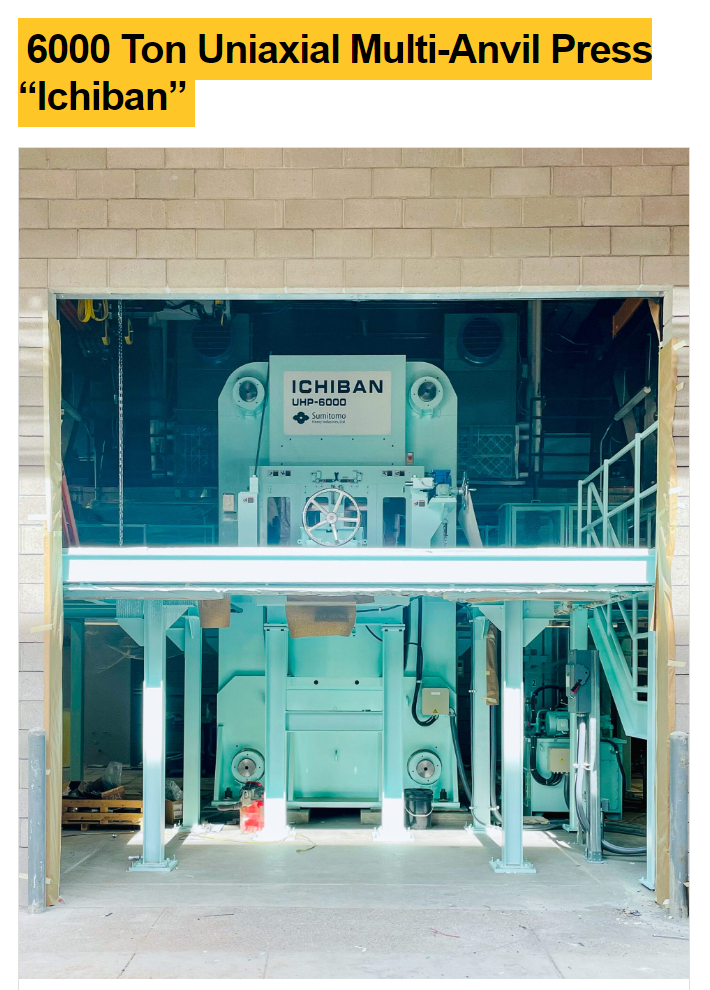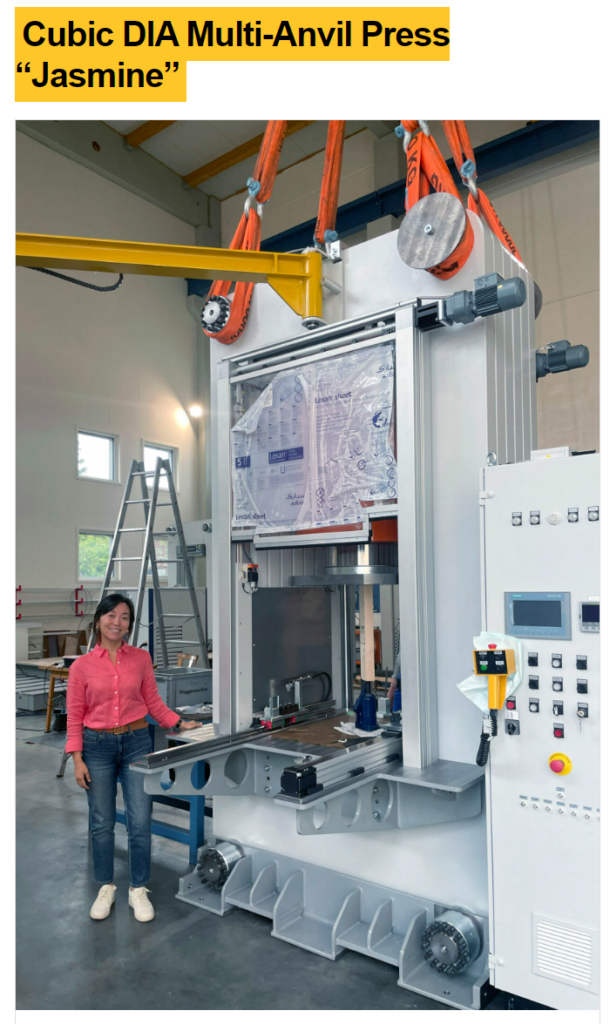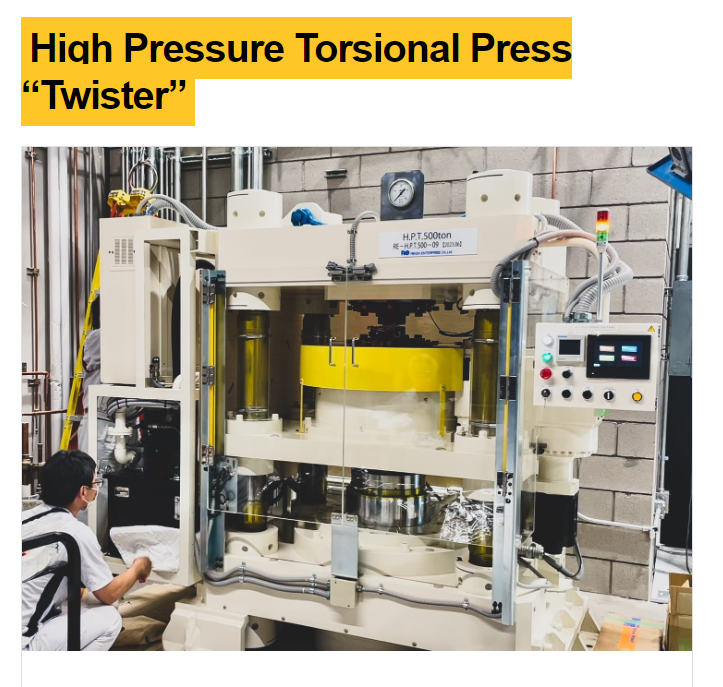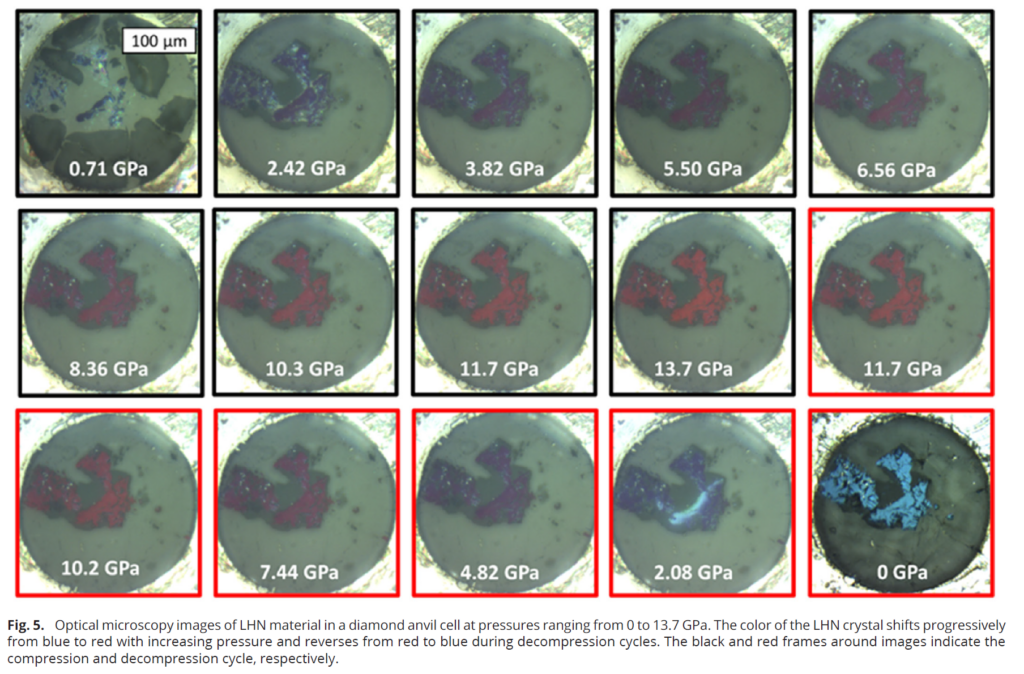What is High Pressure Materials Science?
High pressure material science research involves studying the properties and behaviors of materials under extreme pressure conditions, typically ranging from tens of thousands to millions of atmospheres. These high-pressure environments can significantly alter the physical, chemical, and structural characteristics of materials, leading to the discovery of new phases, novel properties, and enhanced performance characteristics that are not observable under standard conditions. Once, we demonstrate these new phases existing at high pressures and confirm their superior performance, we find effective ways to find them back to atmospheric pressure (ATM) using sophisticated high pressure growth chambers.
Our Research Directions within High Pressure Materials Science
Our team focuses on three main pillars around phase transition, discovery of novel material phases, and enhanced material properties within this research direction. More specifically, our team specializes on investigating material behavior of atomically thin 2D materials as well as layered van der Walls (vdW) under high pressures;
Unlocking New Phase Transitions: Under high pressure, materials undergo phase transitions, resulting in the emergence of new crystalline structures with distinct characteristics. For instance, graphite can undergo transformation into diamond, while even simple molecules like hydrogen can adopt metallic properties. Within this direction, we investigate phase transition in layered vdW materials under high pressure by increasing the interlayer (2D sheet to 2D sheet) interactions. While doing so, we aim to discover completely new material systems.
Synthesis of Novel Materials: High-pressure techniques also allow our team to fabricate materials that are challenging or impossible to create under normal atmospheric conditions. Our team is part of the ~$13M investment by NSF for the new FORCE research directions which is enabling our team to unlock new phases of material and discover completely new material systems in the universe! These innovative materials include high Tc superconductors, new excitonic materials, and quantum material systems.
Enhanced Properties: Materials exposed to high pressure often manifest enhanced mechanical strength, heightened hardness, or superior electronic traits. This heightened performance renders them invaluable across a spectrum of industrial applications, spanning electronics, aerospace, and energy storage solutions. We intentionally apply large hydrostatic pressure on excitonic semiconductor, chiral materials, and other traditional materials to understand how fundamental properties change under pressure and what new functionalities can be attained.
Fundamental questions
- How does optical, electrical, thermal, and structural properties of vdW layered and 2D materials change under high pressures?
- How can we implement structural phase transition in new type of communication devices and energy harvesting?
- Can we unlock novel phases of materials at high pressures and discover novel growth routes to realize them at room temperature without the need for high pressures?
Select publications
- Thermodynamic properties and enhancement of diamagnetism in nitrogen doped lutetium hydride synthesized at high pressure;
PNAS 2024
https://doi.org/10.1073/pnas.2321540121 2024 - 2D layered organic lead perovskites:
https://onlinelibrary.wiley.com/doi/abs/10.1002/adma.201907364 - Pseudo-1D titanium trisulfide TiS3
https://www.nature.com/articles/ncomms12952?origin=ppub - Pseudo-1D tellurene ribbon
https://pubs.rsc.org/en/content/articlelanding/2019/nr/c9nr06637c#!divAbstract

